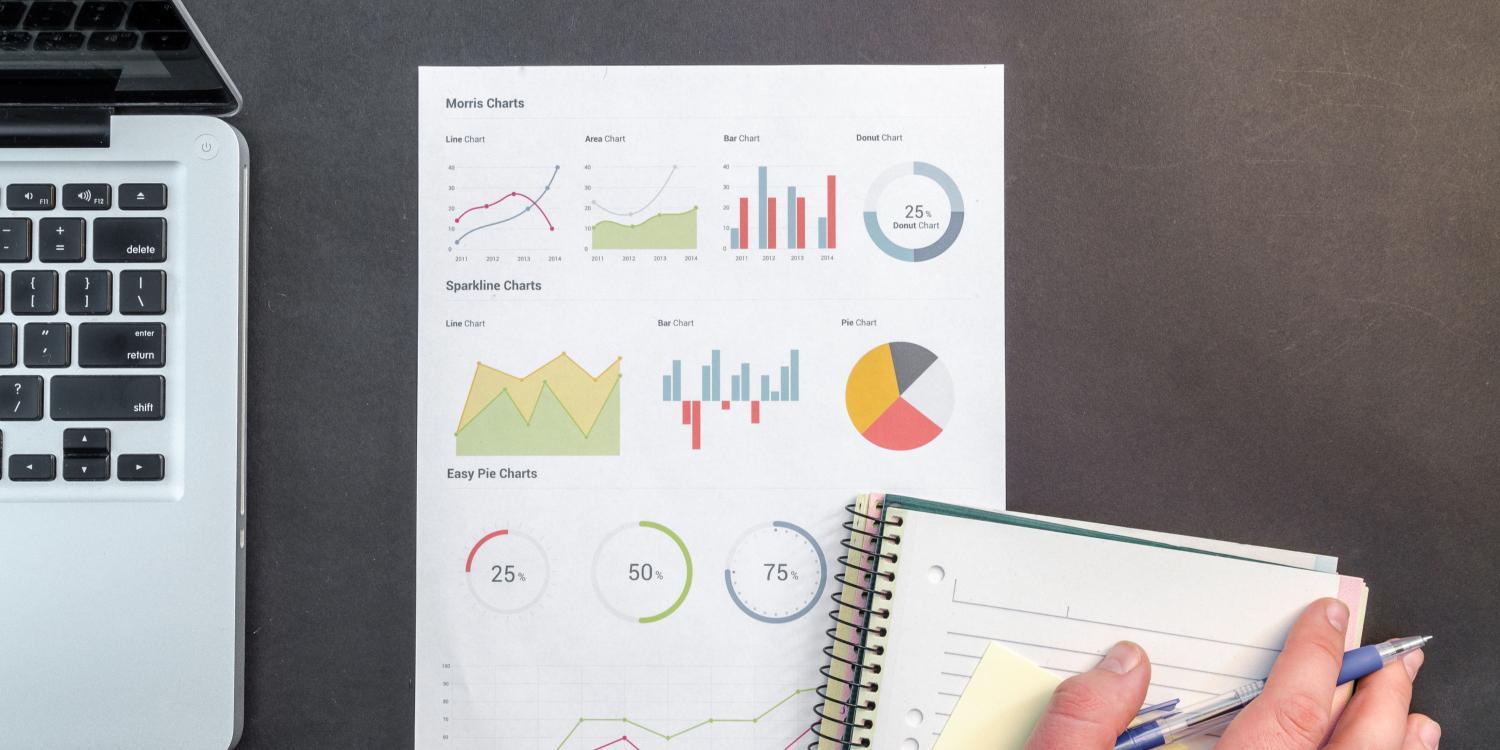Backtesting refers to looking through the historic price chart data and analyzing how your strategy performs using that data. Backtesting can be done manually or automatically.
Keep in mind that every market is different. Your strategy might be successful for trading the EUR/USD pair but completely fail to bring profits trading GBP/USD. Every market should be back-tested separately. You should have unique techniques and approaches developed for each market. The software for FX backtesting will save your time and make the process smoother. When using trading software, traders can place trading orders, place Stop Loss and Take Profit, fast-forward and see how their strategy performs.
For successful backtesting, there are three main steps you need to follow:
Define your trading strategy
The first step to testing your strategy is to define what your plan is. There are a couple of steps that will help you achieve this objective:
- Have clear rules for entry, exit, and trade management
- Clear rules for stop loss placement
- What type of conditions are you looking for? Ranging, uptrending, or down-trending markets
- How much do you risk per trade?
- What time frame are you using?
- Which markets are you trading?
Backtest
After developing a clear trading strategy, it’s time to backtest it. If your strategy is based on algorithms and indicators, they can be easily backtested by getting Expert Advisors from the Meta Market. MetaTrader platforms can only be used on MetaTrader platforms.
For manual testing, you don’t need complicated algorithms. However, manual backtesting takes more time as you have to go through each trade.
What’s great about backtesting is that time is not an issue. You can simply enter a trade, put Stop Loss and Take Profit orders, fast-forward and see the results immediately. In addition, you can also plot necessary indicators on the backtesting chart.
- Select the market you wish to backtest and scroll back the charts
- Plot the tools and indicators according to your strategy
- Look for trading setups according to your strategy
- Look for desired market conditions (trending or ranging)
- Place orders, fast-forward to see the results, and repeat
Analyze your results

For analyzing your trades, it’s vital to have a trading journal. Most professional traders have trading journals used when trading live, demo, or backtesting. Your backtesting trading journal should include the following:
- Trade Setup
- Market conditions
- Entering price and reasons
- Exiting price and reasons
- Stop loss and take profit targets
- Risk to reward ratio
- Profit and loss
Trading consistently profitably is based on probabilities. No single trade is important. Having the edge over large amounts of trades is the most critical. Traders that have an edge spread out their risks, and at the end of the trading period, winning trades cover the losses. When analyzing the results, you should not emphasize single trades but overall results too much. And find out how the strategy performs after numerous trades.
